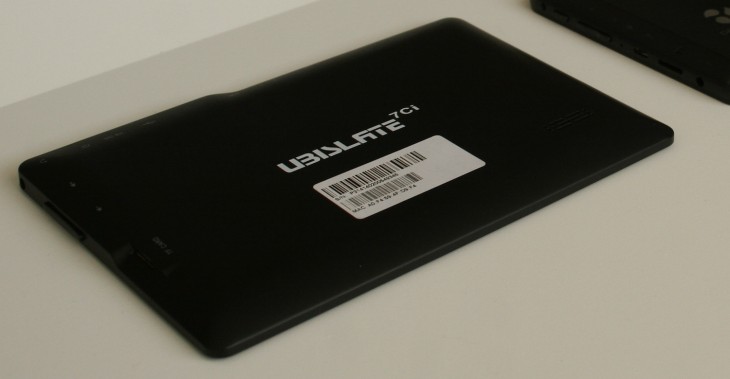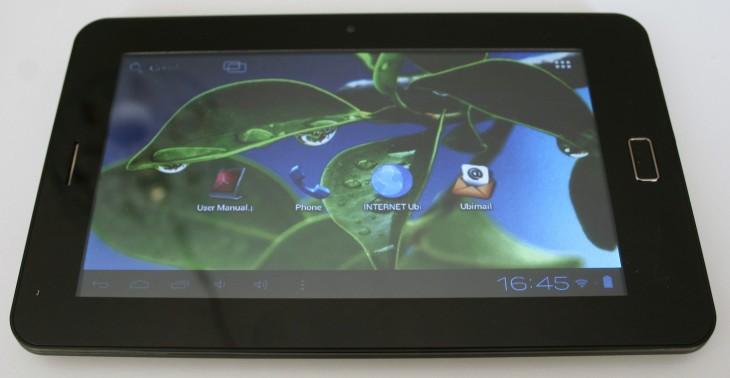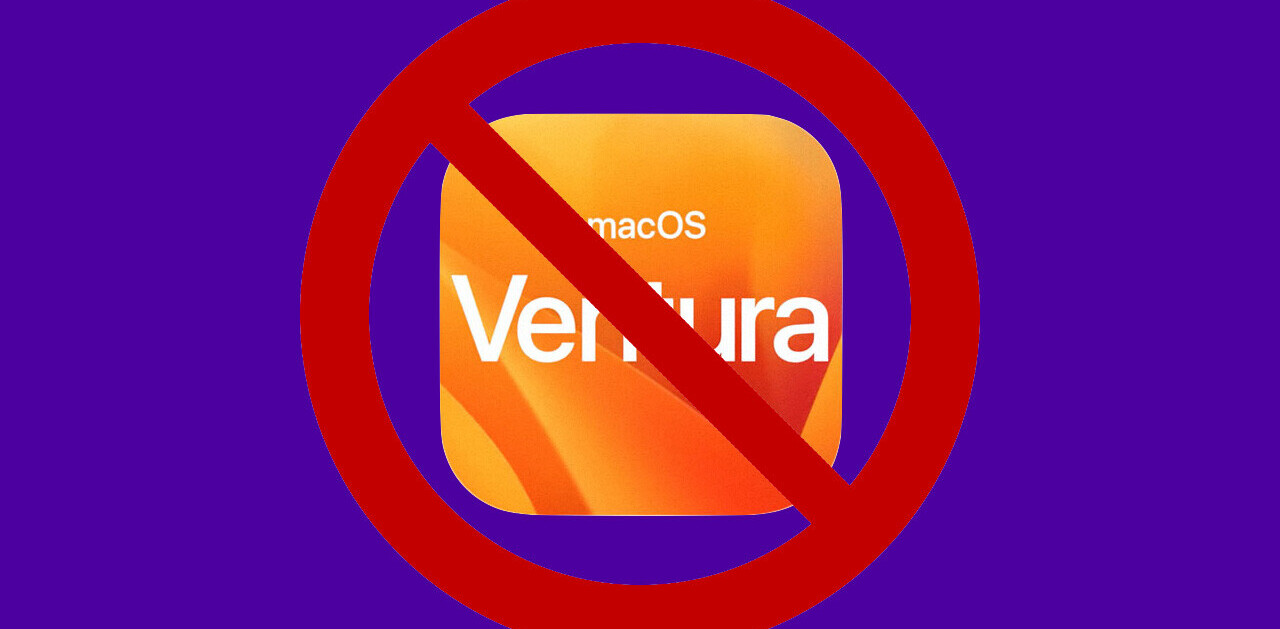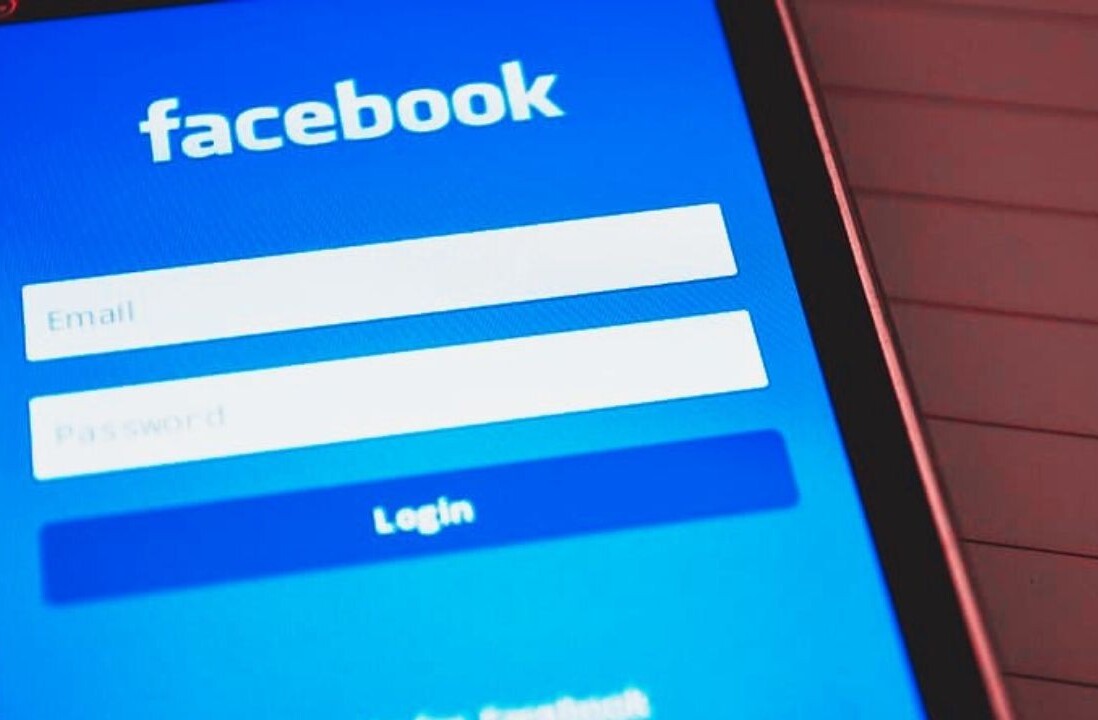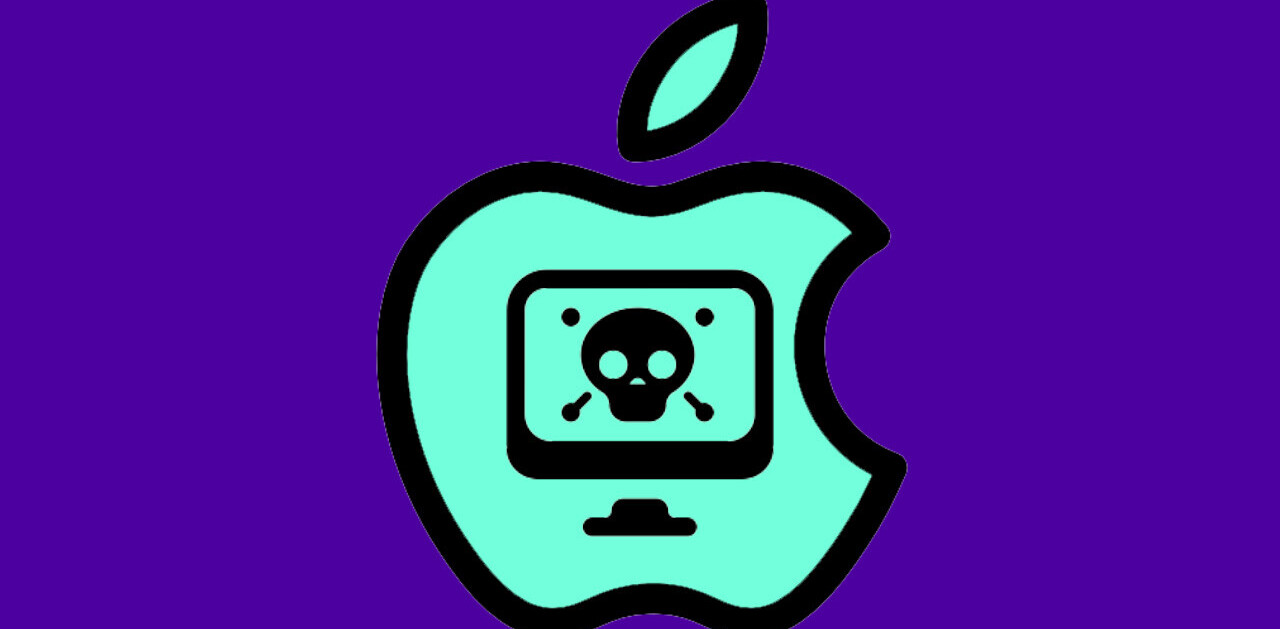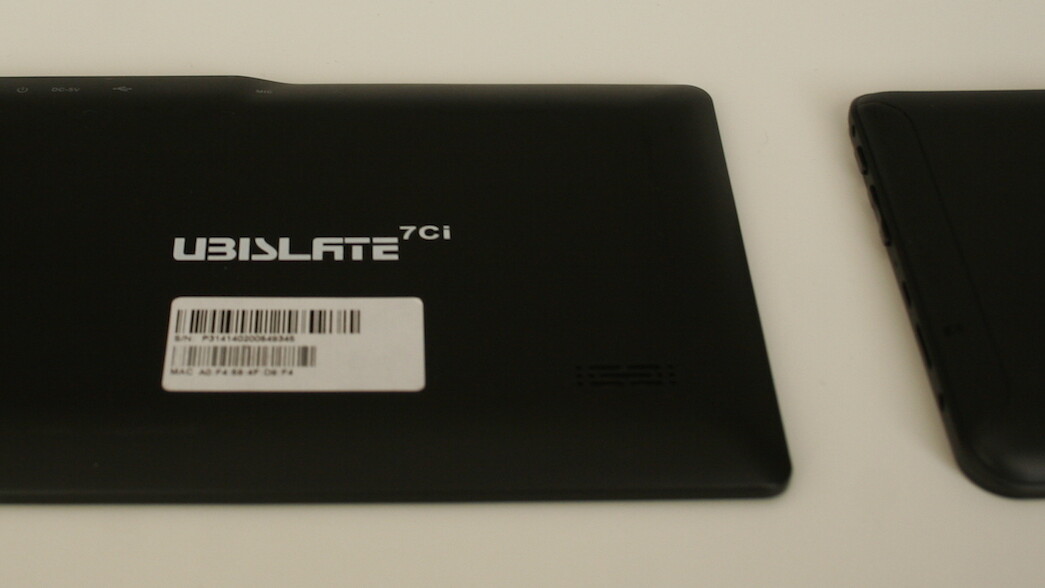
You can approach budget tablets and smartphones from two different ways. When compared against the history of computing, these devices offer remarkable functionality at unprecedented pricing, opening up Internet access to new groups of previously unconnected people. However, when matched up against existing “premium” offerings, budget devices can feel clunky, under-powered and even hostile to the user.
DataWind’s $38 Ubislate 7Ci tablet and its $80 7C+ cellular-connected counterpart are tricky devices to review. While I can try to imagine its target users and emulate their actions on the device, the fact remains that these tablets are designed for a new class of users.
I expected a $38 Android tablet to be an impulse buy, but after several weeks with the Ubislate, it’s not something I would buy for myself. I’d consider gifting one to a friend in need, but I’d probably just go with a used Nexus 7 or Kindle Fire instead.
Both devices sport 7-inch screens and ARM Cortex A8 1.0 GHz processors. The Ubislate 7Ci came with Android 4.2.2, while the Ubislate 7C+ ran Android 4.0.4.
From what I can tell, the Ubislate fits two specific use cases: people who have previously avoided computing and connectivity because of barriers to affordability, and those in the market for a throwaway tablet that they can load up with data and pass off to someone else. Users without frequent access high-speed Wi-Fi, for instance, are in the best position to take advantage of DataWind’s data plans and low-bandwidth browsing functionality.
DataWind got its start providing tablets to the Indian government and educational system before eventually launching a consumer line. The firm manufactures its own displays to keep costs down and has developed technology that minimizes data usage when browsing so it can add on cheap Internet plans.
When I spoke to DataWind CEO Suneet Singh Tuli earlier this year, he noted that the company hadn’t planned to arrive in developed markets so soon, but it realized that even countries like the US have under-connected populations that would benefit from his devices.
At the time, Tuli claimed that first-time computer users can pick up an Ubislate tablet and quickly begin using it.
“The level of learning that they need to do to be useful is just minimal,” he said.
My experiences with the Ubislate found it to be usable, but only just barely. Getting around the interface is difficult, with important features buried deep within the settings. The tablet also seems keen on funneling you into its own mail and browser applications, instead of Google’s options.
Battery life is modest, but reasonable. On the 7Ci, I got almost three hours of continuous heavy use on a charge before the device died. That’s less than you’d get from a premium tablet, but it’s still enough for general use.
The Ubislate’s display looks and feels cheap. The screen does what it needs to do, but it’s a significant adjustment if you’re coming from the high-resolution displays on most smartphones, tablets and laptops these days. The hardware is nondescript, although a bit clunky.
Using the Ubislate feels a lot like traveling back in time about 10 years. You still have the benefit of modern apps and technologies, but the device gives off the same impression of commodity hardware that generic PCs and low-end laptops did back in the day.
While it may sound like I’m being harsh on the Ubislate, I’m actually very excited about the device’s potential to have an impact. Affordable tablets offer underprivileged citizens access to critical Internet and computing resources that can help improve their fortunes.
If you’re reading this right now, you probably don’t need an Ubislate, but there are billions of people that do.
Get the TNW newsletter
Get the most important tech news in your inbox each week.

